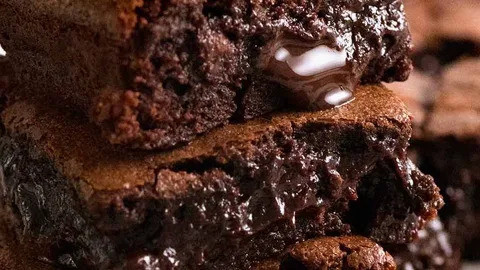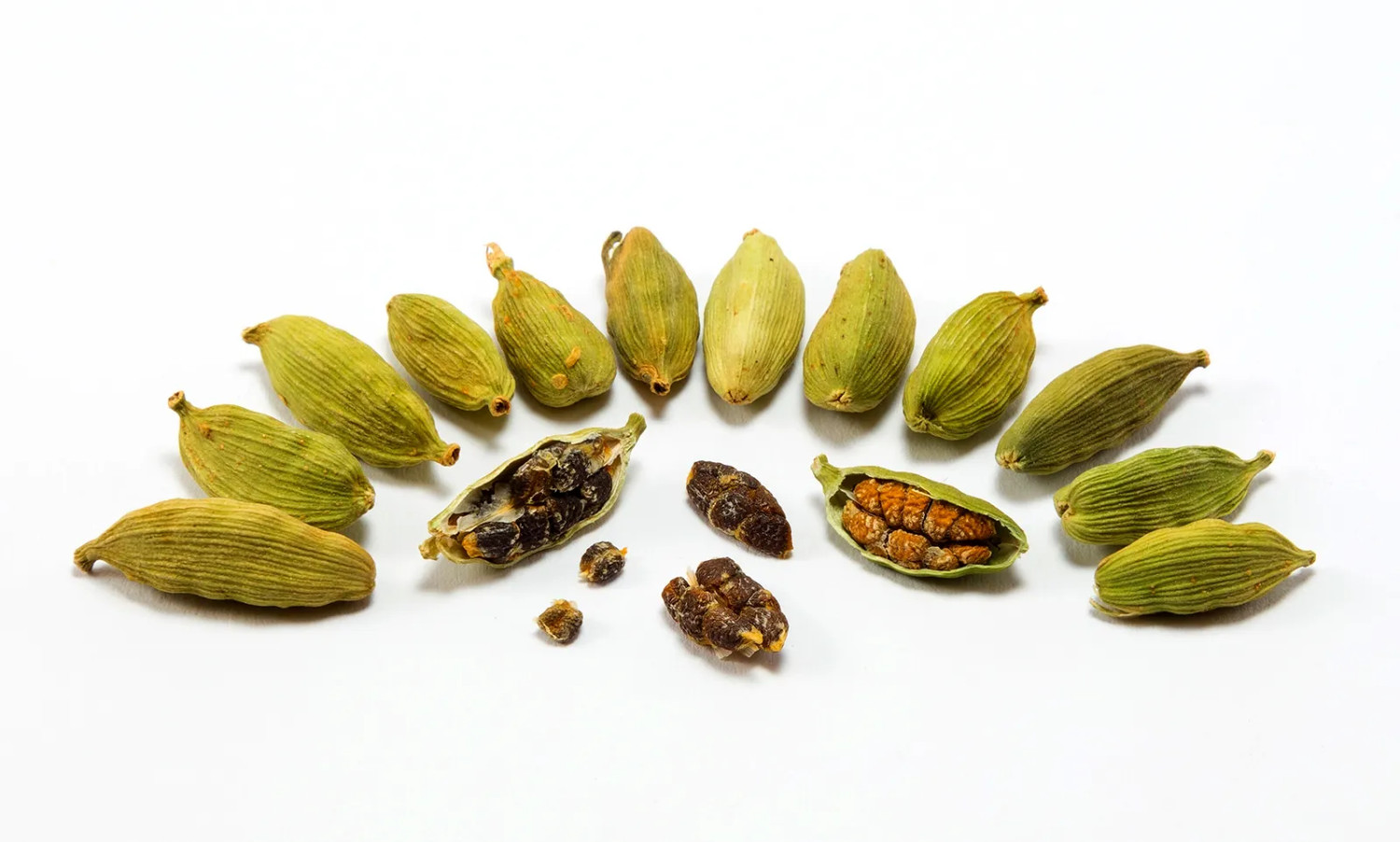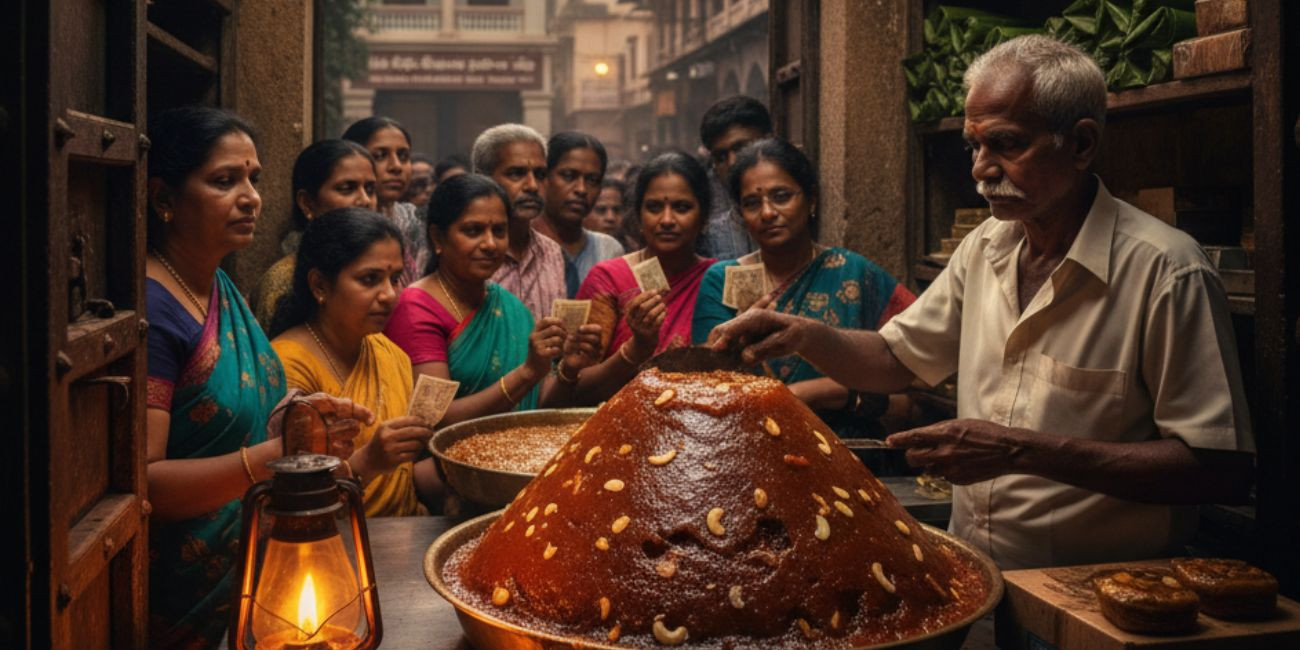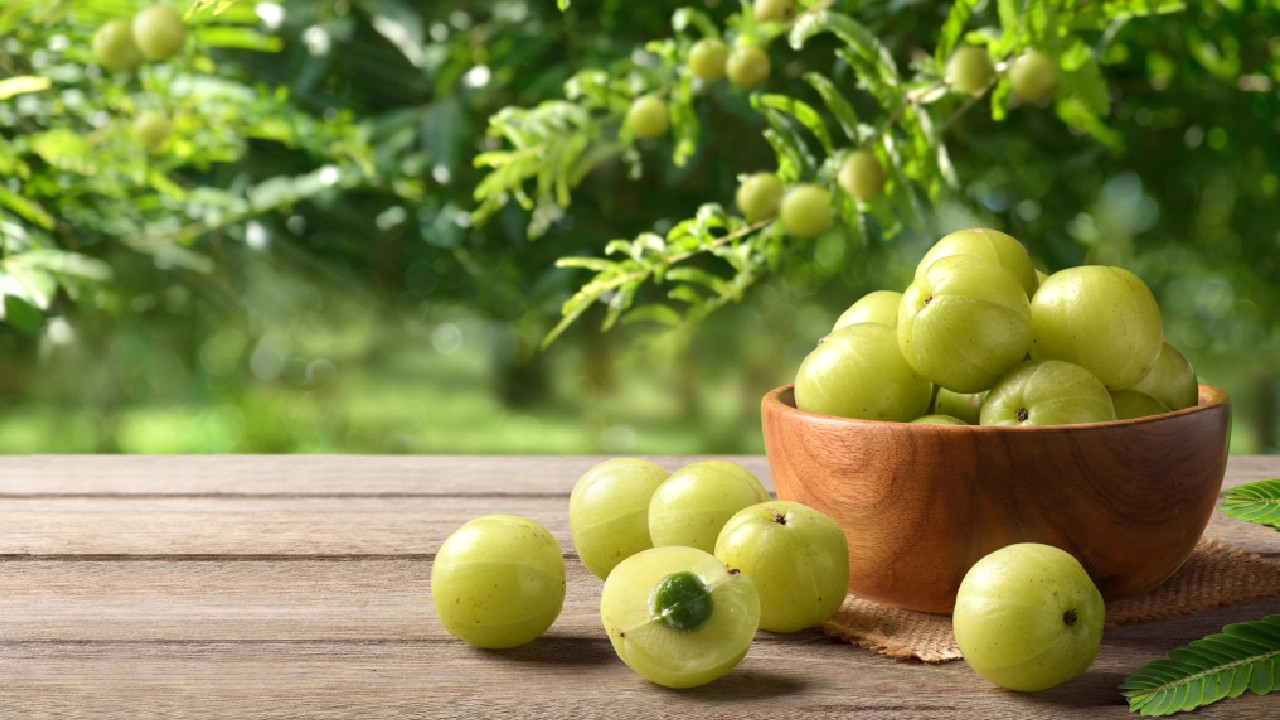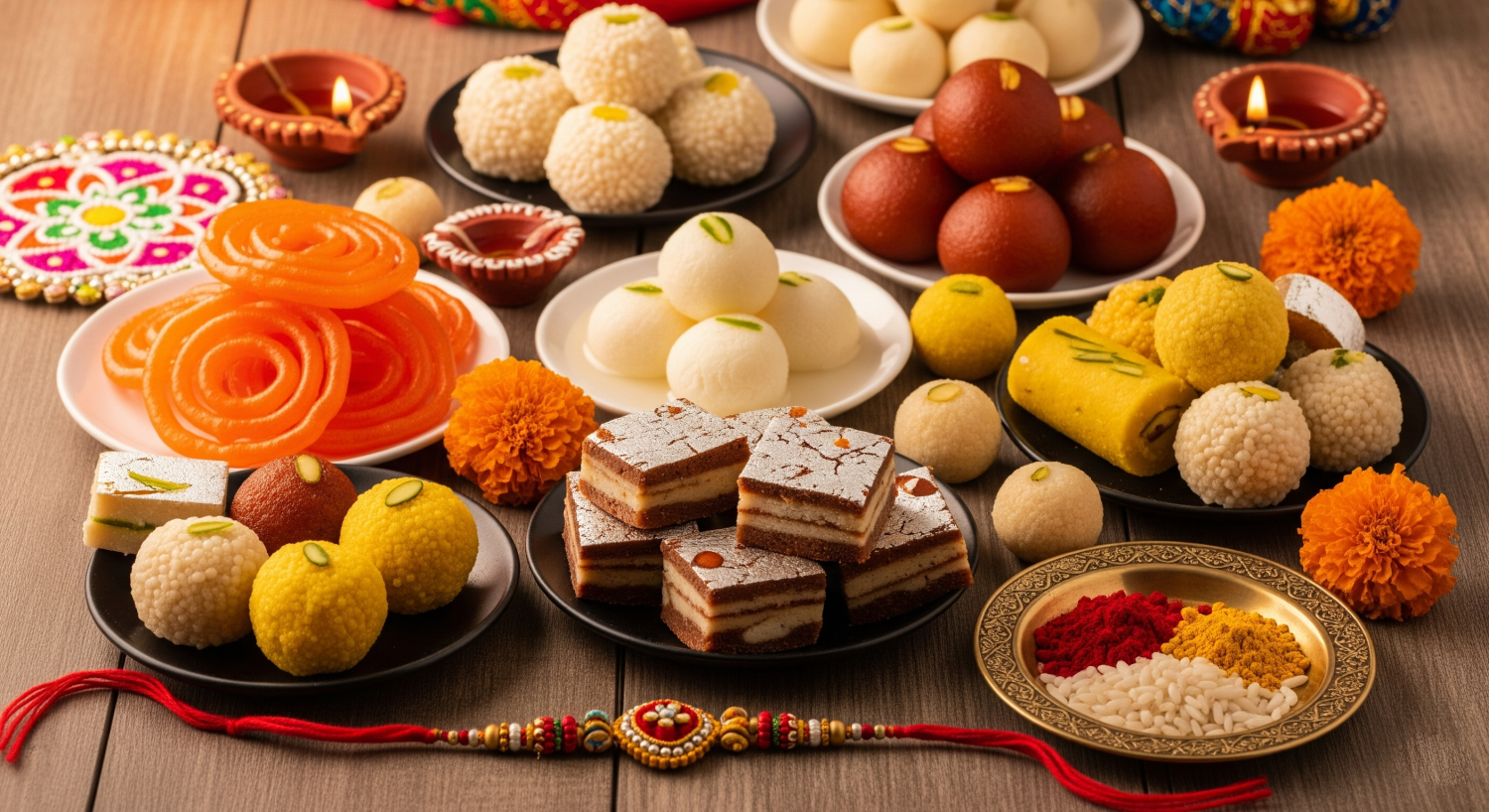Ippa Puvvu Laddoo – A Forgotten Tribal Sweet with Timeless Flavors
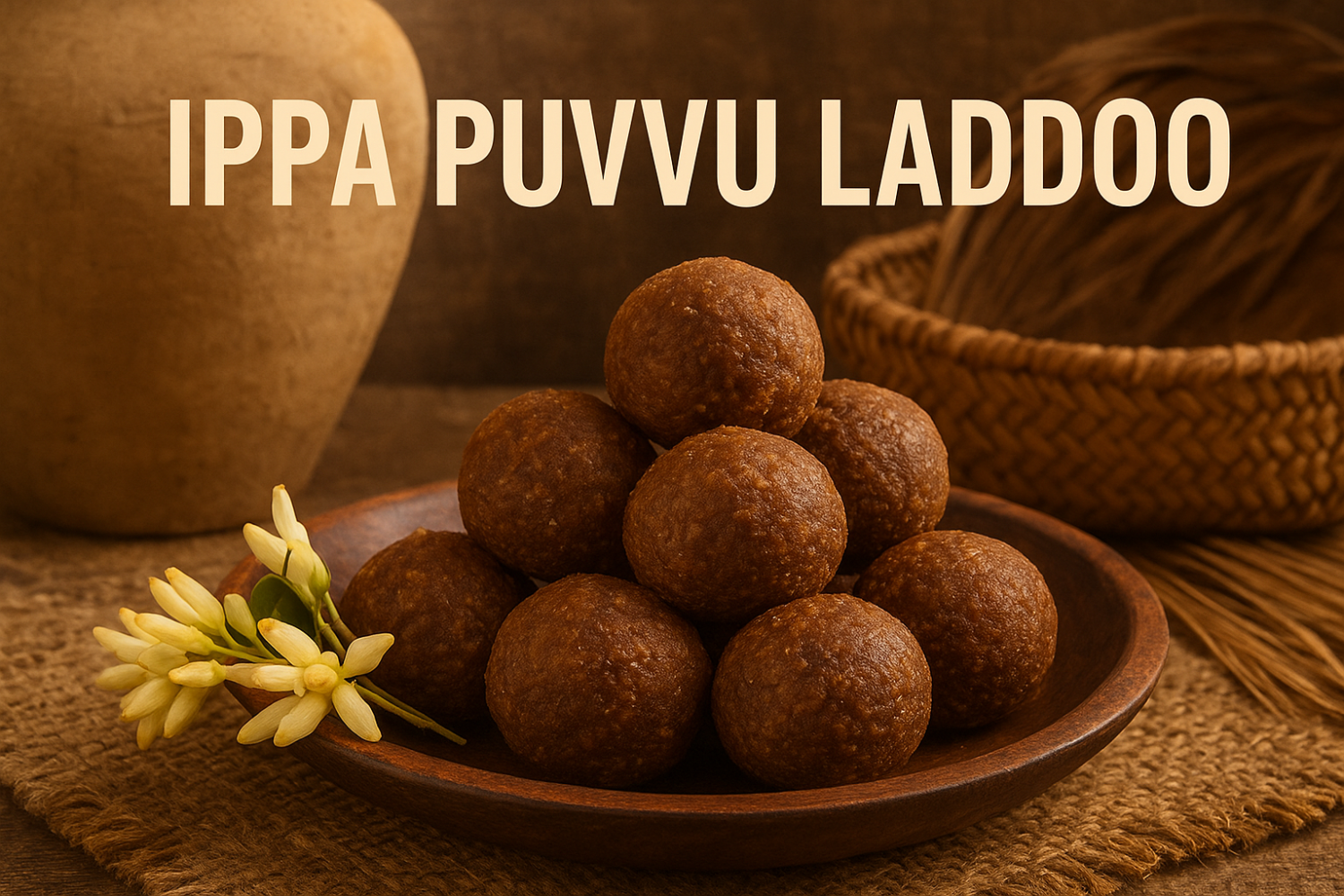
India’s culinary heritage is filled with hidden treasures, many of which are deeply rooted in tribal and rural traditions. One such delicacy is the Ippa Puvvu Laddoo, made from the flowers of the Ippa tree (Madhuca indica), also known as Mahua. This laddoo is not just a sweet—it is a blend of culture, tradition, and nutrition passed down through generations.
Prepared especially in tribal belts of Andhra Pradesh, Odisha, Chhattisgarh, and Jharkhand, Ippa Puvvu Laddoo holds a special place in festive rituals, seasonal celebrations, and community gatherings. Its unique preparation and natural ingredients make it both wholesome and flavorful.
What Makes Ippa Puvvu Laddoo Special?
The Ippa (Mahua) flower is known for its natural sweetness and medicinal properties. Traditionally, the flowers are sun-dried and stored, then used in cooking throughout the year. When combined with jaggery, ghee, and grains, they are transformed into a delightful and nourishing laddoo.
This laddoo is a perfect example of how tribal communities turn seasonal gifts of nature into long-lasting culinary traditions.
Health Benefits of Ippa Puvvu Laddoo
Rich in Natural Sugars – Provides instant energy, making it an ideal snack.
Good for Digestion – Ippa flowers are known for their digestive properties.
Iron & Minerals – The combination of jaggery and flowers makes it mineral-rich.
Immunity Booster – Traditionally believed to strengthen immunity against seasonal changes.
Completely Natural – Free from processed sugar and artificial additives.
Traditional Preparation of Ippa Puvvu Laddoo
Collection of Flowers – Fresh Ippa flowers are collected during the flowering season.
Drying & Storing – Flowers are sun-dried to preserve their sweetness.
Roasting Grains – Grains like wheat or millets are roasted and ground into flour.
Mixing with Jaggery & Ghee – The dried flowers are combined with flour, melted jaggery, and ghee.
Shaping the Laddoos – The mixture is rolled into soft, flavorful balls.
The result is a laddoo with earthy sweetness, nutty undertones, and a rich aroma of tradition.
Why You Should Try It?
In a world dominated by processed sweets, Ippa Puvvu Laddoo stands out as a natural, sustainable, and heritage-rich sweet. It represents not just food, but the wisdom of India’s tribal communities who perfected the art of seasonal eating.
If you ever come across this rare delicacy, savor it as a taste of India’s living tradition.
